To deter mice from your home using plants, there are several effective options you can consider. Here’s a comprehensive guide based on various sources:
Common Plants That Repel Mice
- Peppermint: Mice dislike the strong scent of peppermint. Plant peppermint around the perimeter of your garden or use peppermint essential oil on cotton balls placed strategically to create a barrier.
- Lavender: Mice are repelled by the strong fragrance of lavender. Plant lavender near entrances, windows, or areas where mice are likely to enter.
- Marigolds: The strong odor of marigolds can deter mice. Plant marigolds in your garden or place potted marigolds near entry points to discourage mice.
- Alliums: Plants from the allium family, such as onions, garlic, and chives, have a pungent smell that mice dislike. Incorporate these plants into your garden to repel rodents.
- Catnip: Catnip is known to repel mice due to its potent scent. Plant catnip strategically around your garden or use dried catnip in sachets near areas prone to mouse activity.
- Mint: Similar to peppermint, mice are averse to the scent of mint. Plant mint in your garden or use mint leaves in sachets to deter mice.
- Daffodils: Daffodils contain a toxic compound that deters mice. Plant daffodils strategically around your garden or near entrances to discourage rodents.
- Rosemary: The strong aroma of rosemary can help repel mice. Plant rosemary near entry points or use dried rosemary branches in areas prone to mouse activity.
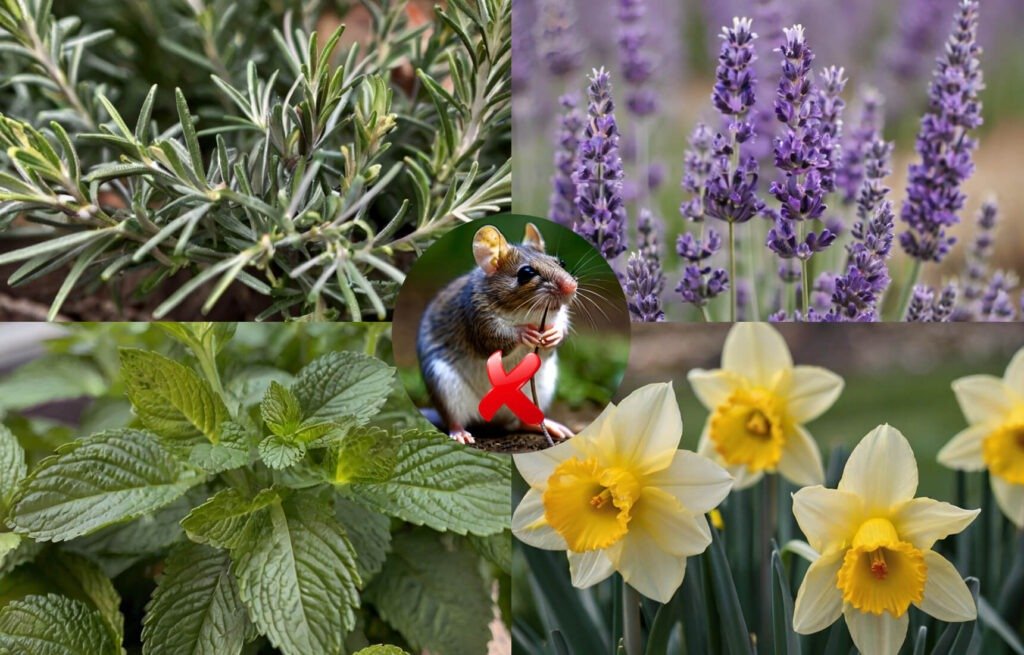
2. The Other Ways
- Sealing Entry Points: Inspect your home for any gaps, cracks, or openings that mice can use to enter. Seal these entry points using caulk, steel wool, or other appropriate materials to prevent mice from gaining access.
- Proper Food Storage: Store food in airtight containers made of glass, metal, or thick plastic. This helps eliminate potential food sources for mice and reduces their attraction to your home.
- Remove Clutter: Declutter your living spaces and storage areas, as mice are drawn to cluttered environments where they can hide and nest.
- Regular Cleaning: Keep your home clean and free of crumbs, spills, and food debris. Vacuum regularly and wipe down surfaces to eliminate potential food sources and odors that attract mice.
- Ultrasonic Repellents: Consider using ultrasonic devices that emit high-frequency sound waves that are unpleasant for mice. These devices are inaudible to humans and can help repel mice from your home.
- Natural Repellents: Some natural substances, such as mothballs, ammonia-soaked cotton balls, or vinegar-soaked cloths, are believed to repel mice. Place these repellents in areas frequented by mice, but be cautious with their usage, as they may have strong odors or potential risks.
- Traps and Baits: Set up mouse traps or use bait stations with appropriate rodenticides as a means of catching and eliminating mice. Place these traps or baits in areas where mice are commonly seen or along their known pathways.
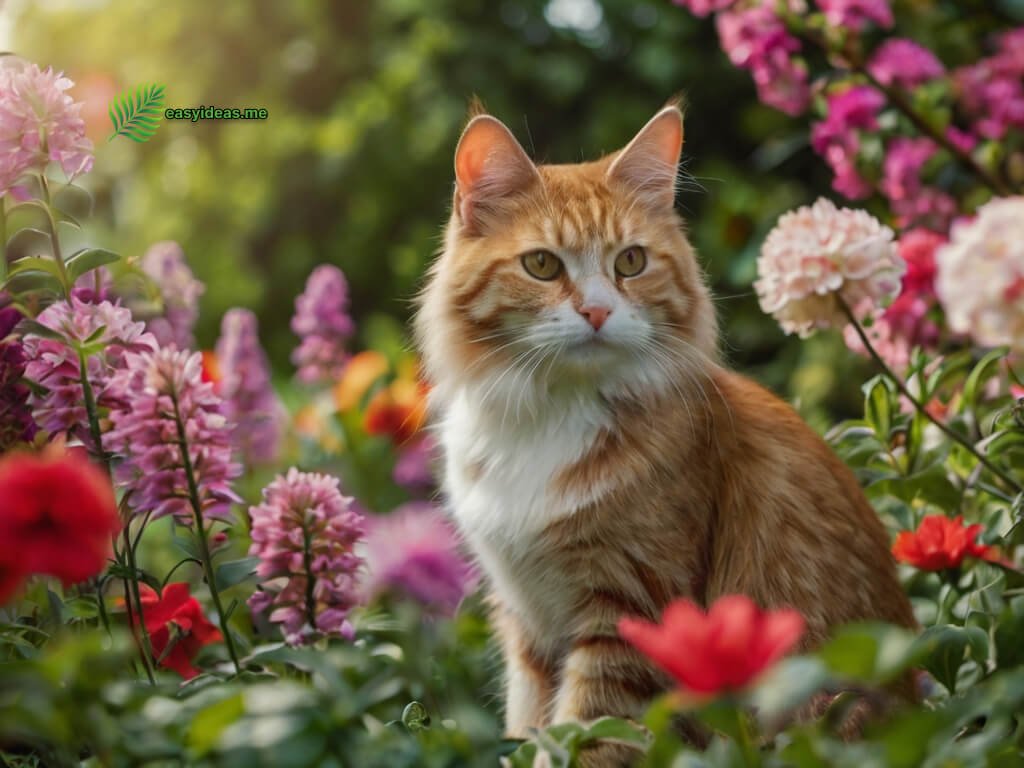
By combining the use of mouse-repellent plants and implementing additional measures, you can create a comprehensive and effective strategy to naturally keep mice away from your home. Maintaining a diverse and healthy garden ecosystem not only adds beauty to your surroundings but also creates a natural balance that discourages mice and other pests from taking up residence. By following these strategies, you can create a harmonious and pest-free environment around your home.
Read More:

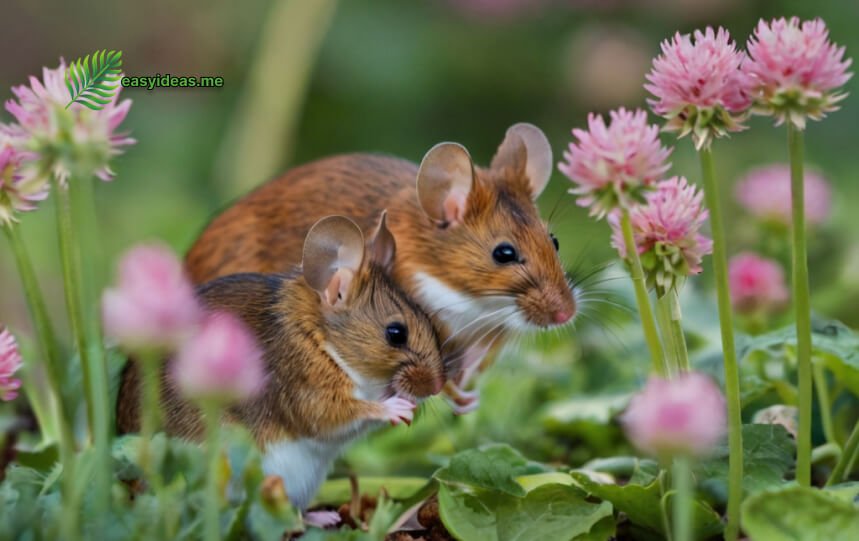
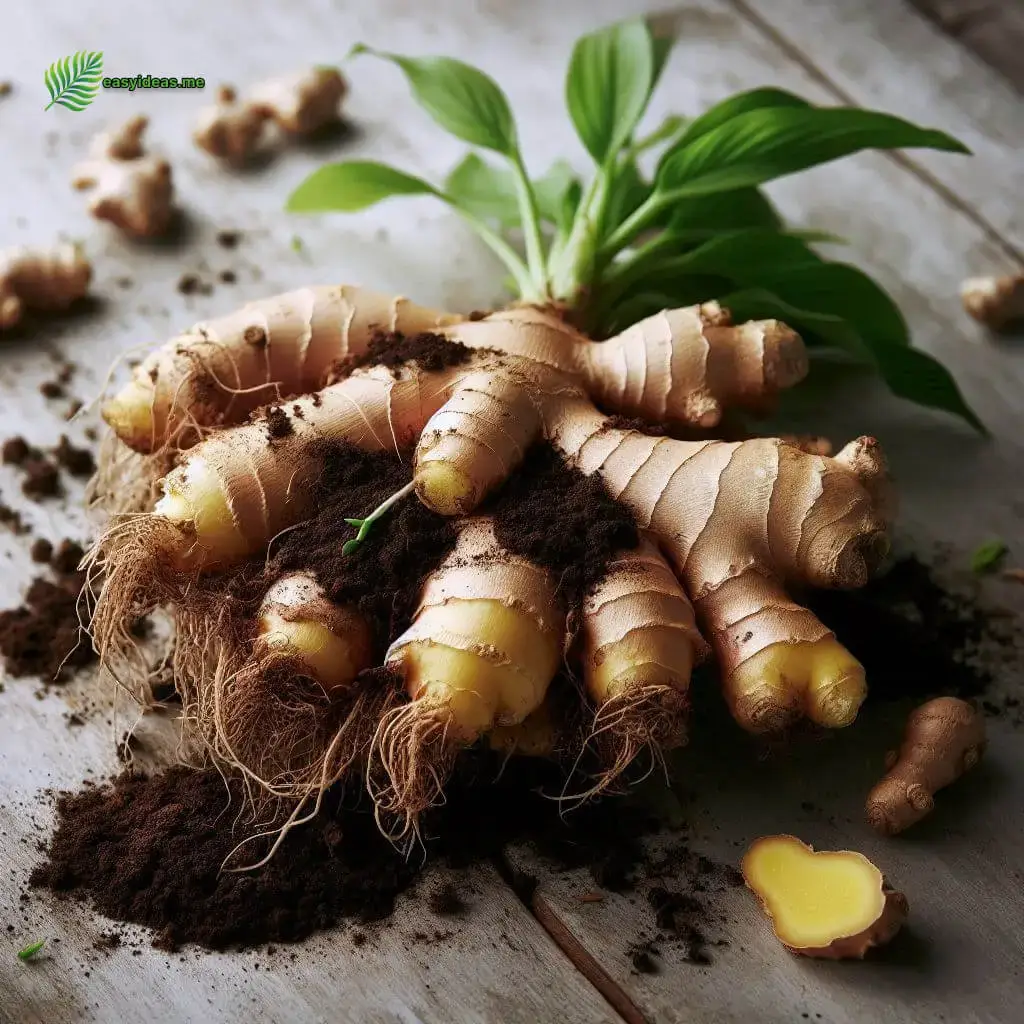
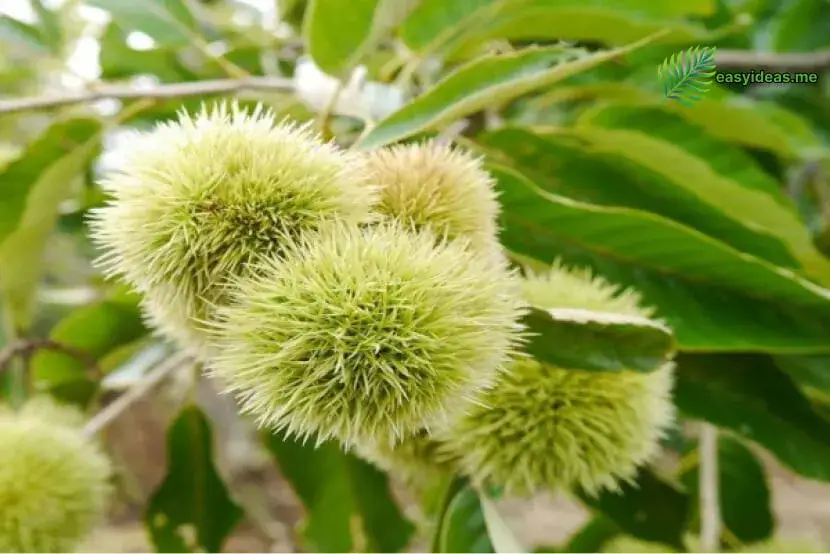
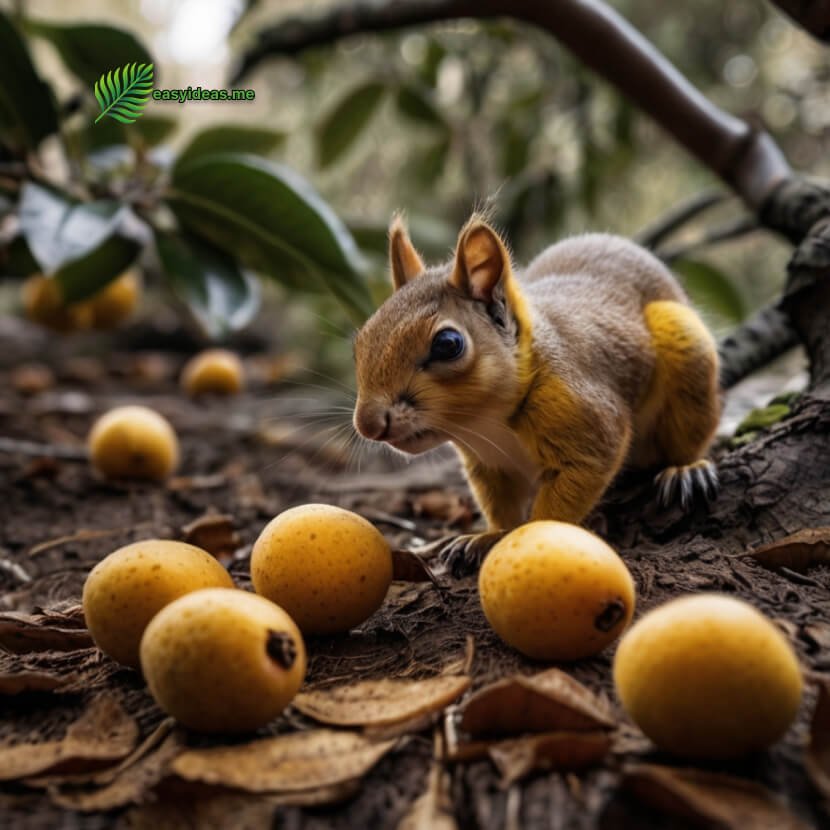

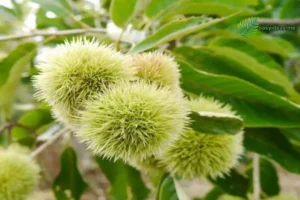


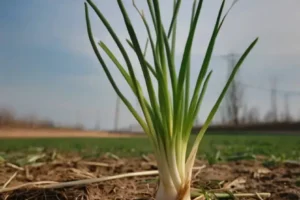
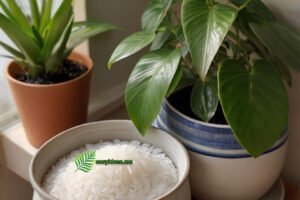






One thought on “Planting to Repel Mice – Secrets for a Mouse-free Garden”